Where should bike share stations go?
September 18, 2014 Leave a comment
A map of potential bike share station locations is now live for comment via www.phila.gov/bikeshare, and we want to hear from you! We are collecting feedback on almost 100 potential locations and plan to launch with around 60. Your feedback will help us prioritize, relocate, and eliminate locations as we gear up for initial program launch this coming spring.
You can comment not only online, but also via text message. MOTU has partnered with the Mural Arts Program and artist Eurhi Jones to create a bright red vinyl decal marking the locations of potential bike share stations. When you see one, text your thoughts to the number you see. Philly-based tech start-up Textizen is powering our text survey, and the interactive map was created by OpenPlans using their Shareabouts platform.
What does it mean if a station is on the map?
The map represents potential station locations, not definite plans. We identified potential stations based on analysis of factors such as:
- population density
- employment, cultural, and recreational destinations
- transit stops
- bike lanes
- a crowd-sourced bike share station map that many of you commented on
- site visits
- meetings with property owners and community groups
- meetings with agency partners, including SEPTA and Parks & Recreation
In most cases, the online map marks locations where we think bike share could make sense and could physically fit (stations are around 6.5′ wide and between 45′-75′ long). In other cases, the map shows an area that we think should be served by bike share, but in which we haven’t found a good spot. Look at the location description online to identify these (hint: the text begins with “HELP!”). Another insider tip: these locations don’t have decals.
What will we do with the feedback?
We will be using community feedback, in conjunction with meetings with property owners, community groups and other partners, to prioritize, relocate, and eliminate stations from the map. The goal is to identify a network of 60 stations that make the most sense for potential users and for system operations.
We will be presenting the findings of this initiative along with resulting recommendations at a series of public meetings later this fall.
Why isn’t bike share in my neighborhood?
The system will initially comprise 60 stations in Center City and parts of North, South, and West Philadelphia. We adopted this phasing plan as the result of last year’s strategic business planning process. Launching with only 60 stations means that we won’t initially be able to reach all areas that might be well served by bike share. We plan to expand the system in spring 2016 with an additional 60 stations, and will be using lessons learned from initial program launch and from the first year of operations.
We look forward to your feedback!
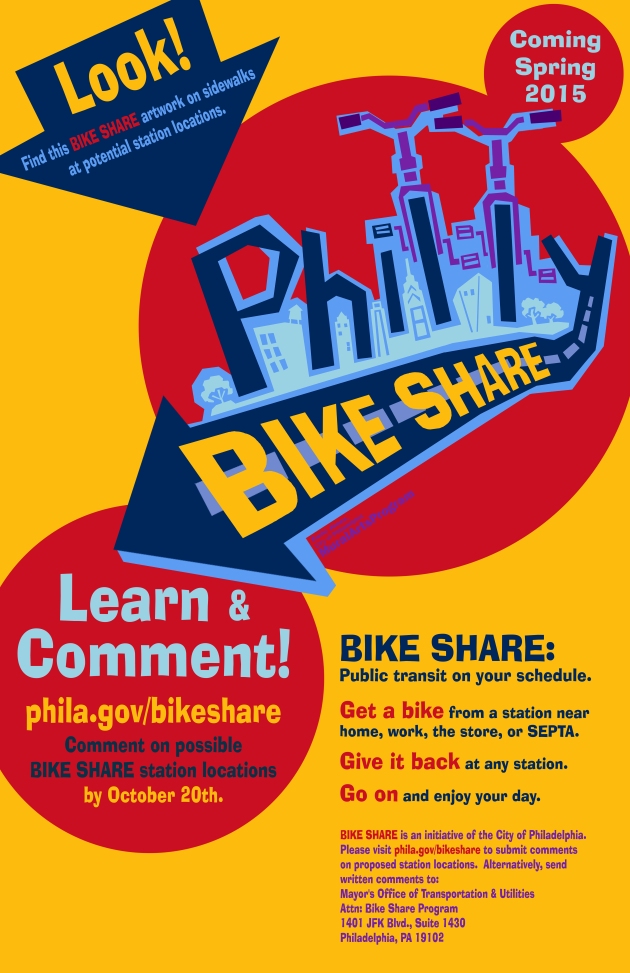
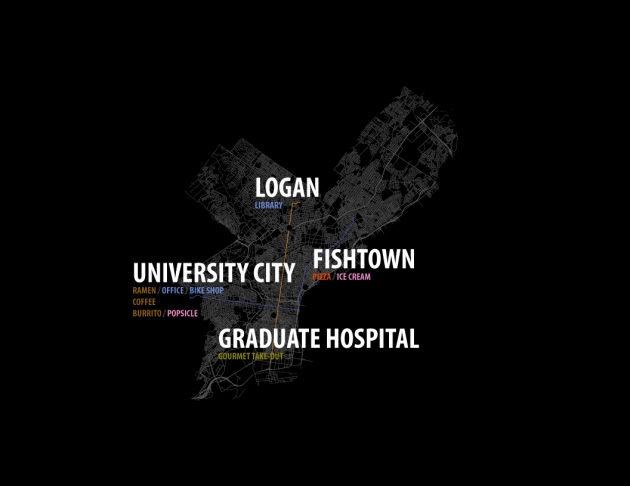
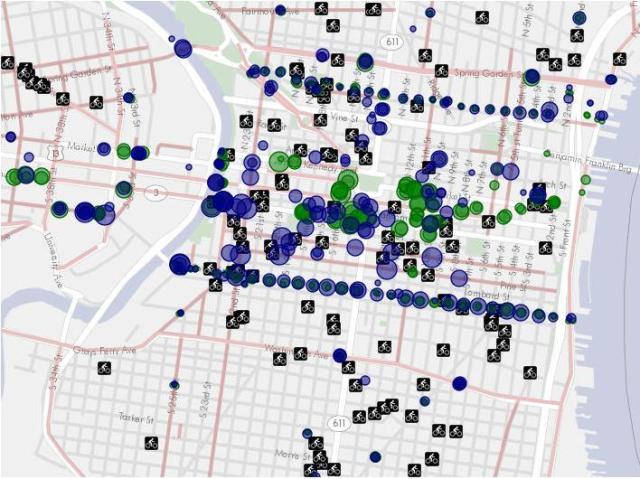
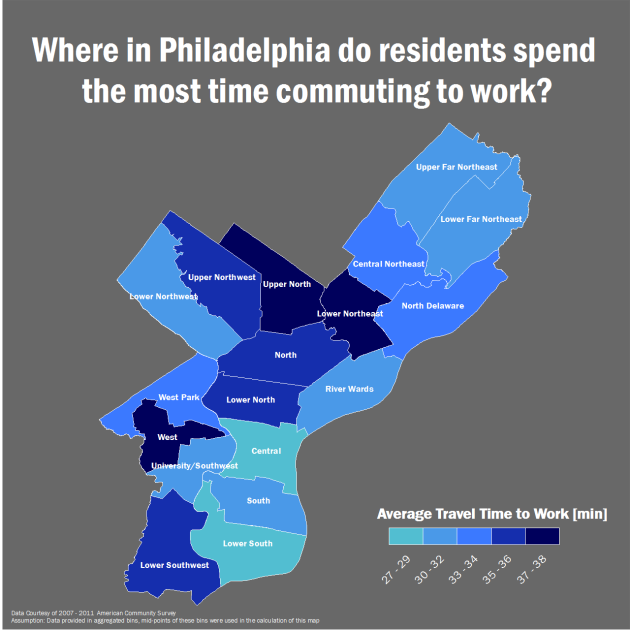
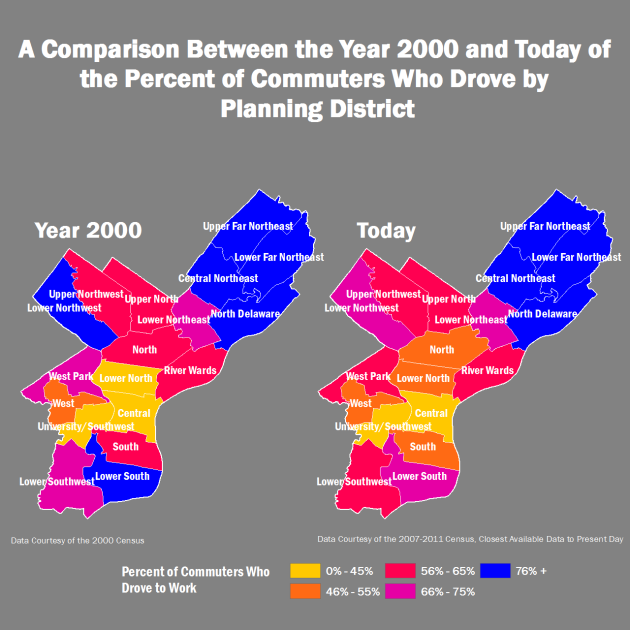
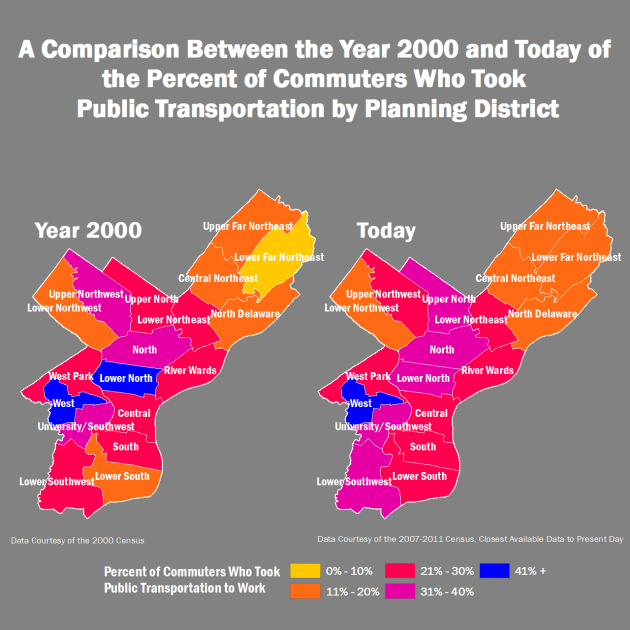
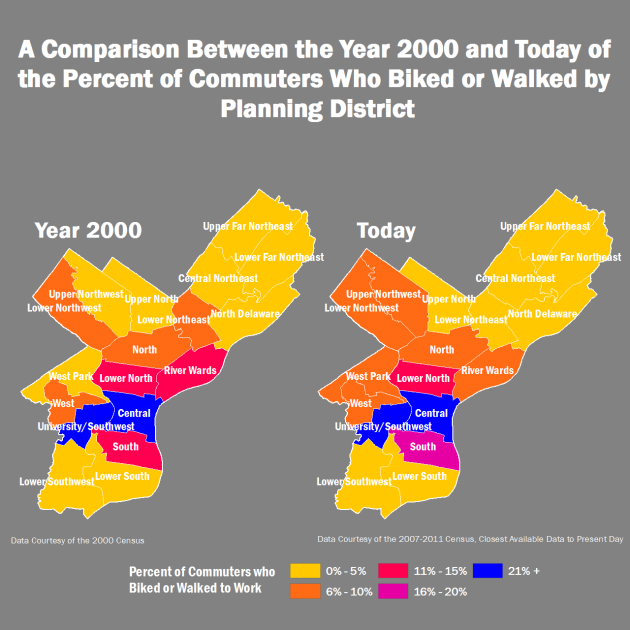
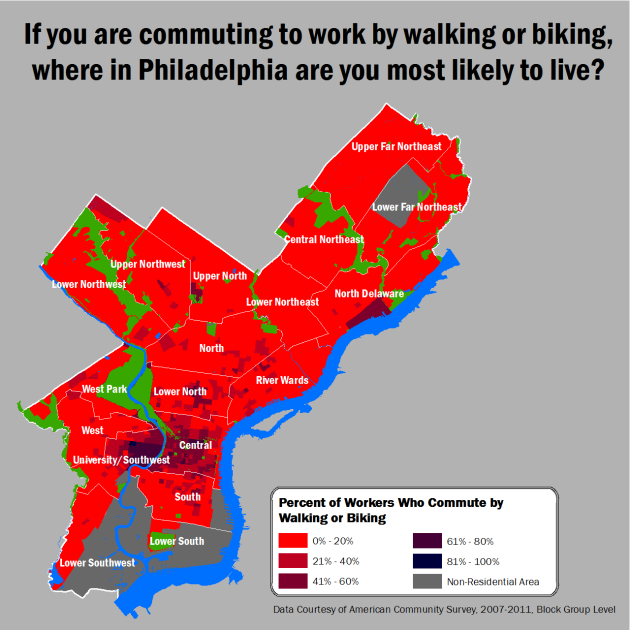
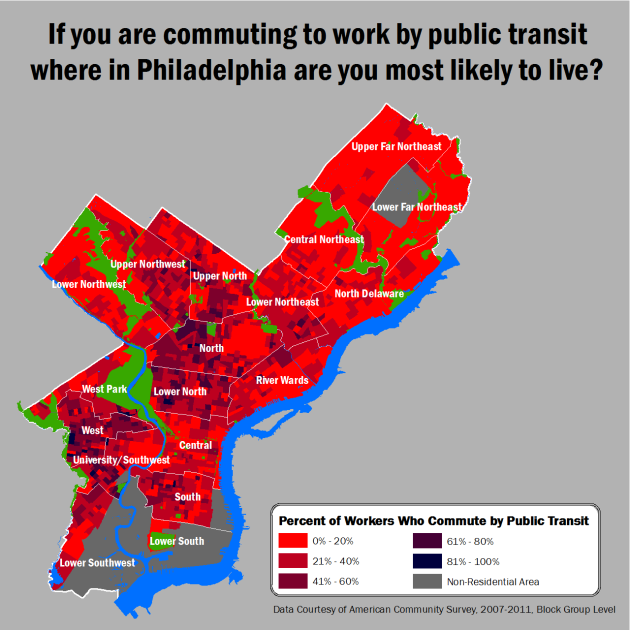
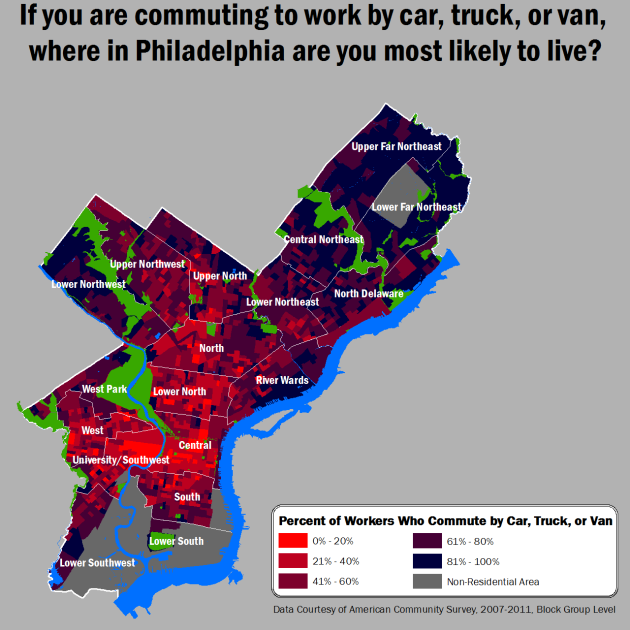
![bicyclecorrallocations [Converted]-01](https://phillymotu.files.wordpress.com/2013/02/bicyclecorrallocations-converted-01.png?w=630)
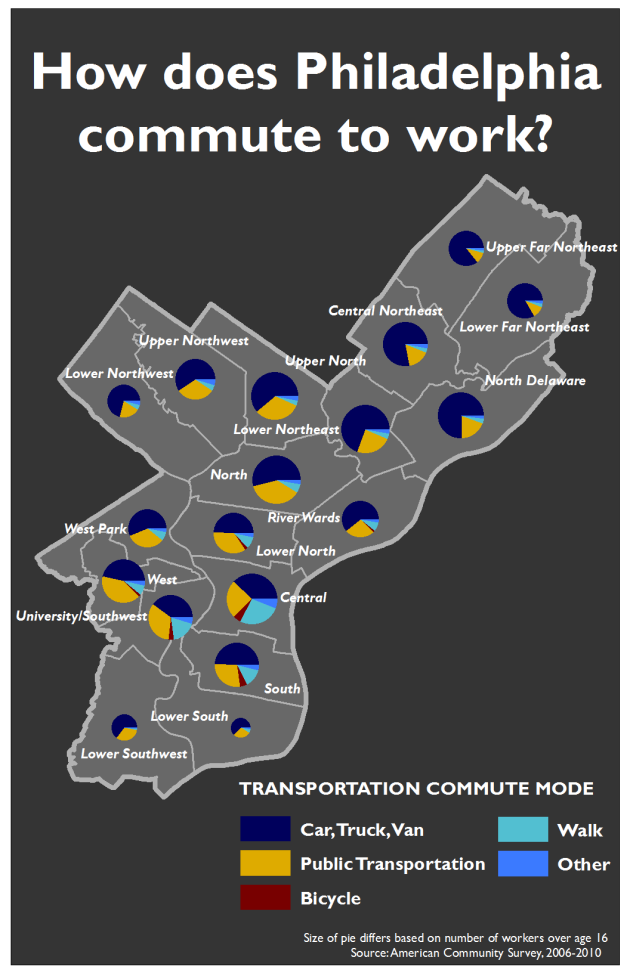

You must be logged in to post a comment.